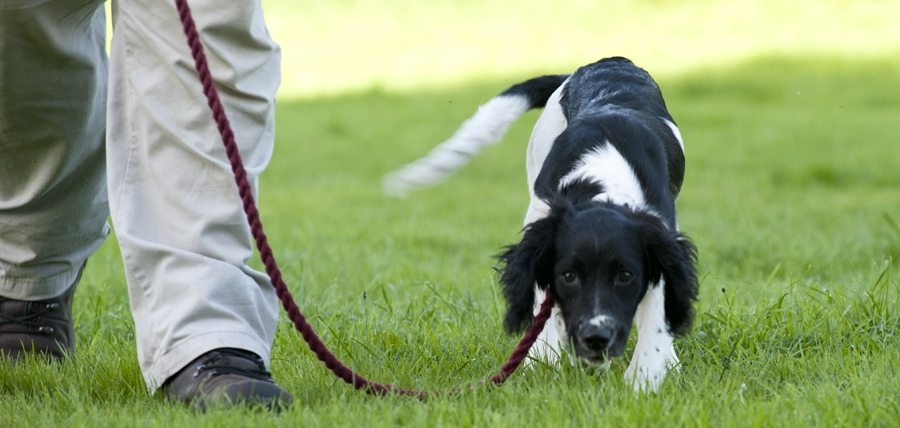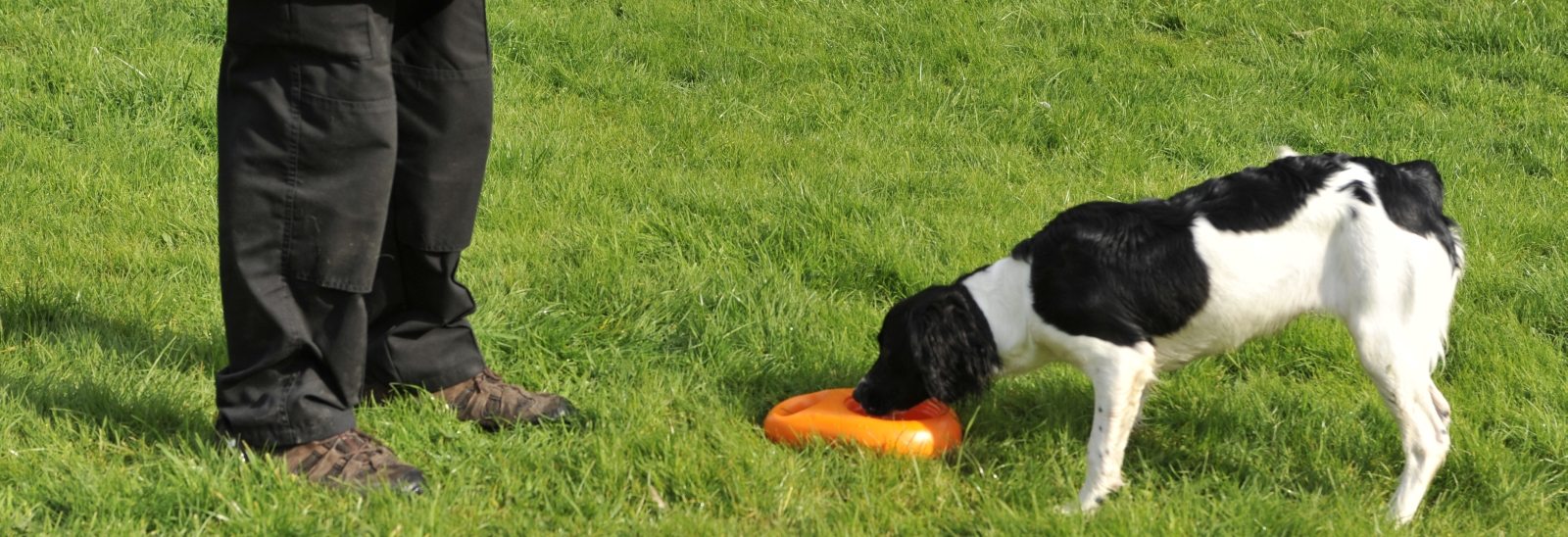
The next time you see someone walking four or five dogs on different types of leads, don’t jump to the conclusion that they must be mad to have so many dogs out at the same time. There’s a very good chance that the poor soul walking in the rain is earning much more than you do, and working less hours, as a professional dog walker.
Hourly rates vary across the country from £10 to £20, but because it’s possible to walk more than one dog at a time those who are experienced and comfortable with multiple dogs can earn up to £80 per hour for at least part of the day. In densely populated areas that could mean walking 16 dogs in a five-hour workday, earning up to £320 in the process. When compared to five hours working at minimum wage (£32.50) or as a delivery driver (£32.50 to £44) then it’s easy to see why dog-walking has become the profession of choice for so many people.
It may not be something with a career path, but dog-walking has provided solutions and enabled people to pay for a gap year or sabbatical, fill a hole caused by redundancy or paid for the time it takes to finally write a book.
Entry requirements for dog walkers.
You have to love and understand dogs. That much is a given.
You need to be reasonably fit.
You need to be organised. When you have four dogs with different pick-up and drop-off points and other dogs to pick up along the way while ensuring that each dog is walked for the right amount of time, organisation skills are essential.
It’s also important that you know as much as possible about the dogs you walk. Download our short questionnaire to use as a starting point – you may think of some other questions specific to your local area or a certain breed that you can add in.
The bottom section can even be used to quickly collect details of potential clients.
Insurance
You need insurance. For anyone to take responsibility for something that thinks for itself and will instinctively deploy 42 teeth should the need arise, without being insured for any eventuality, is a sign that they’re in need of having their bumps felt.
Dogs are predictable, but people are less so and anyone tripping over a lead because they’re intently studying their mobile phone may try to claim against you – people are like that.
Most insurers will insist that you have an owner’s written permission if the dog is to be allowed to run off-lead, even in an enclosed area. There will also be a limit placed on the number of dogs that can be walked simultaneously – usually six.
Animal insurance specialists Cliverton (www.cliverton.co.uk) say that insurance for individual dog-walkers will typically cost around £110 per year, which provides a wealth of cover including public liability of up to £5M and up to £15,000 of cover for an animal in your care.
The Law
Dog walkers should also be aware of the provisions in law regarding their charges – in particular the Animal Welfare Act 2006 (as amended) and amendments to the Dangerous Dogs Act 1991. The new changes to the latter include an offence being committed if an ‘ordinary person’ should have ‘reasonable apprehension’ that they were in danger of a dog attacking them. This means that dog walkers have to be in control of the dogs at all times, even off-lead.
Dog-walking has become a little more complicated than it used to be, but that doesn’t mean it should be ignored as an option.



You must be logged in to post a comment.